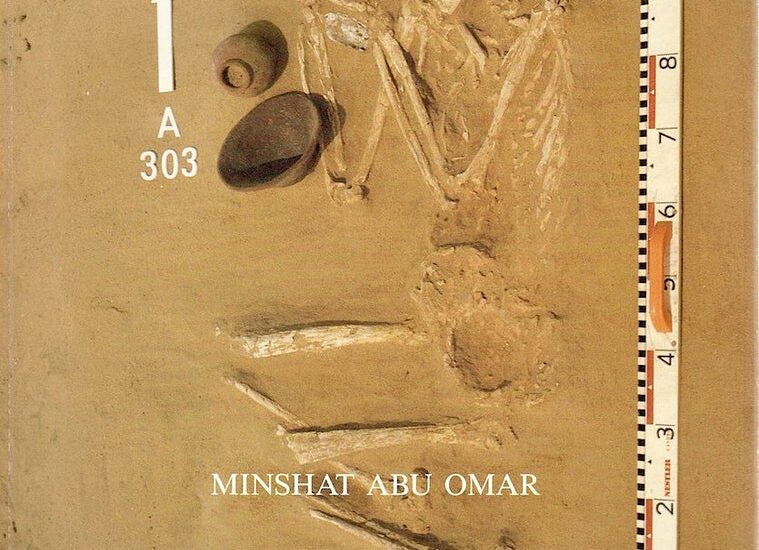Welcome to Minshat Abu Omar, an archaeological gem that offers a fascinating glimpse into Egypt’s storied past. Situated in the Nile Delta, approximately 93 miles northeast of Cairo, this site is a treasure trove for historians and archaeologists alike.
The story of Minshat Abu Omar begins in the late 4th millennium BC, during Egypt’s protodynastic period, a time when the seeds of one of the world’s oldest civilizations were being sown. The area is home to a remarkable collection of cemeteries, with tombs dating back to the Naqada III period and extending through the early dynastic era. Among the notable figures associated with this site are King Narmer, often credited with unifying Egypt and establishing the First Dynasty, and King Scorpion II, both of whom have left their marks in this region.
Excavations at Minshat Abu Omar have revealed over 420 tombs from the Naqada III period and the beginning of the 1st Dynasty. These tombs, some believed to be royal, showcase the evolution of burial practices and social hierarchies in ancient Egypt. The early tombs were oval pits where the deceased were placed in a fetal position, accompanied by pottery and precious artifacts. As time progressed, tomb architecture evolved, incorporating mud-plastered walls and multiple chambers for royals, filled with ivory bracelets, amethyst beads, and cosmetic palettes.
The site also offers insights into the Roman period, with over 2,630 tombs from this era. These later tombs were simpler in design, often containing wooden, ceramic, or limestone coffins, and occasionally holding coins and amulets.
Minshat Abu Omar was strategically significant, located at Egypt’s eastern border during the early dynastic period. This location facilitated trade between Egypt and the Levant, evidenced by artifacts of Palestinian origin found in the tombs. Such exchanges highlight the region’s role as a bustling hub of economic and cultural interaction.
As you explore Minshat Abu Omar, imagine the vibrant life that once pulsed through this area, a crossroads of ancient civilizations. The discoveries made here continue to illuminate the complexities of early Egyptian society, offering a window into a world where trade, politics, and culture intertwined on the banks of the Nile.






